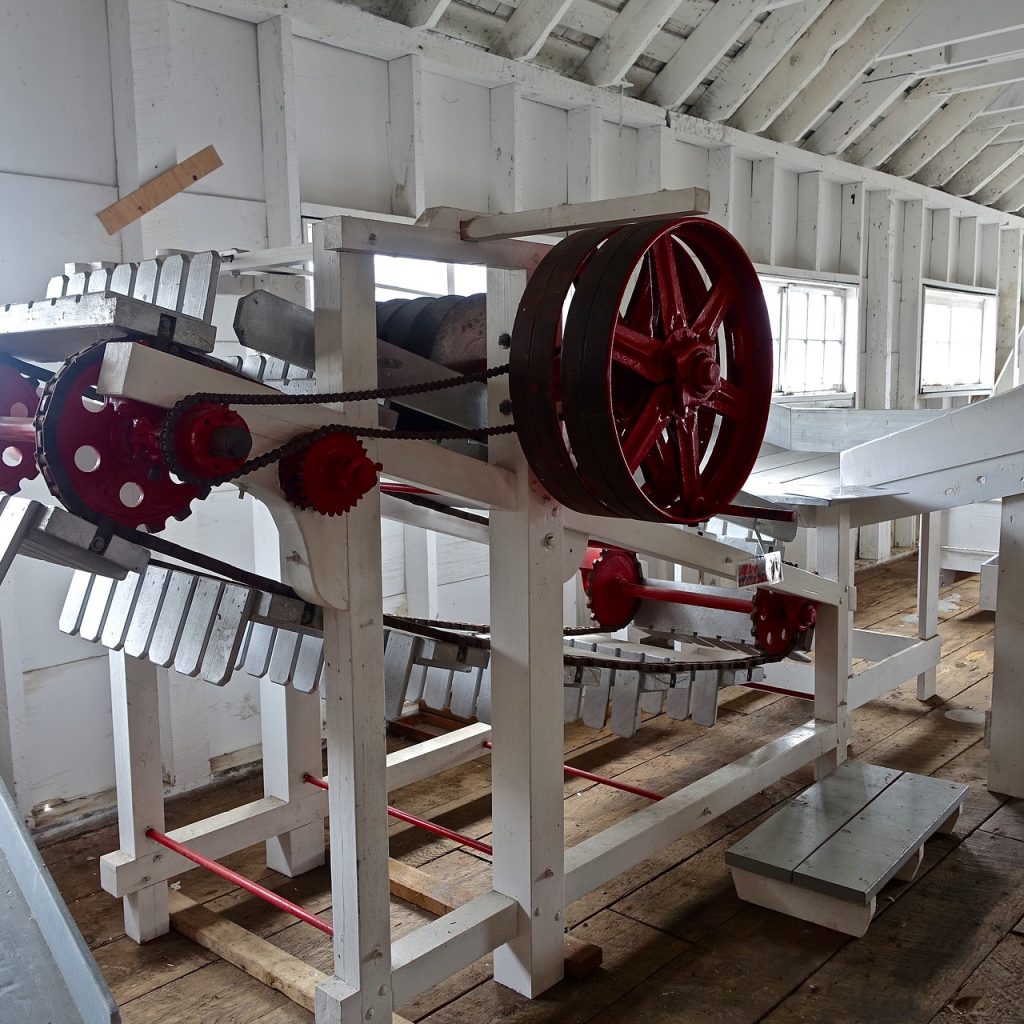Over the past few decades, the hype about manufacturing automation has taken a turn for the better. Today, more and more industries are investing in manufacturing automation in their bid to increase their competitiveness and relevance in the market.
However, as this trend continues to increase, the pressure for any company to invest in this technology can be overwhelming.
Nonetheless, the one question that most managers should ask themselves before investing in automation is this: “Is my business ready for this technology?”

This is because, while manufacturing automation is suitable for most businesses, it may not necessarily work for your business.
Below, we look into a few of the factors you should consider before investing in manufacturing automation.
1. What Automation can do for your business
Before investing in any automation, you need to have a clear picture of what you expect from the move. How will the automation affect your production? Your employees? Your efficiency?
Get to know how much it will cost you, it’s ROI, and estimate the value it will bring to your business.
Understanding these facts will help you decide if it’s the best fit for your business, and if there’s a better alternative.
Sometimes, you may rush to invest in the automation only to end up in losses.
2. What it means for the employees
Robots have not been particular favourites among employees, maybe because they threaten to take away their jobs. You have to eradicate this worker-robot enmity before automating your business.
Assure your employees that their jobs are safe and show them how the robots will make their work more comfortable and safer. For instance, you can explain to them which roles the robots will take up and how they will be reassigned.
Show them why manufacturing automation will help in reducing workplace injuries, among other accidents.
Additionally, conduct some training to sensitize them on how to use and work alongside the robots.
3. Future Expansion plans for the business
Your plans for the business play a significant role in your decision to opt for manufacturing automation.
As the market changes, customer preferences for products also change. You’ll have to learn new designs and styles to satisfy your customer’s needs consistently. This means that you’ll have to improve your production lines and increase your product range.
Robots are more flexible and can be easily reprogrammed to suit any new processing method you may opt for.
Therefore, before automating any process, ensure that you have adequate funds, space and workforce to handle the task.
4. Budget
Among other things, your budget will make or break any plans you have for your business. With manufacturing automation, despite the ROI being quick, the initial investment is expensive.
You, therefore, have to be sure that your finances can not only acquire the robots but also keep your daily business running.
You need to have money to pay the workers, maintain the machines, pay the bills and handle other costs. Moreover, manufacturing automation may take some time to comply with your systems fully.
How will you get by?
You also need to consider other costs associated with this move. This can be in the form of training costs, software upgrade costs and maintenance costs.
Basically, have your finance books in order before rushing towards automation.
5. Durability
While manufacturing automation promises a future with numerous benefits, it also comes at a cost.
Durability.
A robot is a machine and so, has a limitation with its lifespan.
Therefore, before making any investment moves, consider how long the automation system will last in your industry. The longer the automation robots can last, the better it is for your company.
Conclusion
Manufacturing automation is one of the best innovations in today’s manufacturing industry. For most industries, it has resulted in improved productivity and more profitability.
However, before investing in it, you have to be sure that your industry is ready for the change. Consider what your business can gain from it, your future expansion plans, durability and budget.
Remember, whatever works for your competitors may not always work for you. Therefore, invest wisely.
